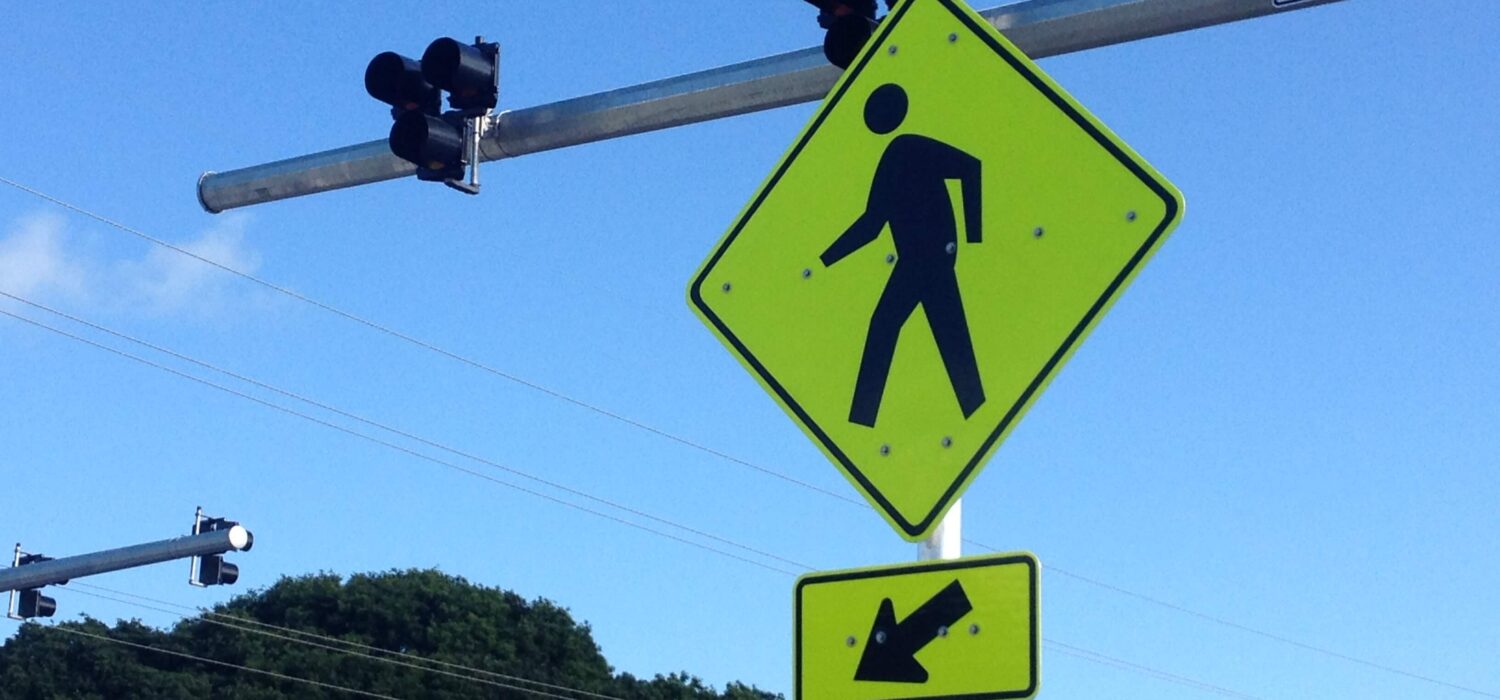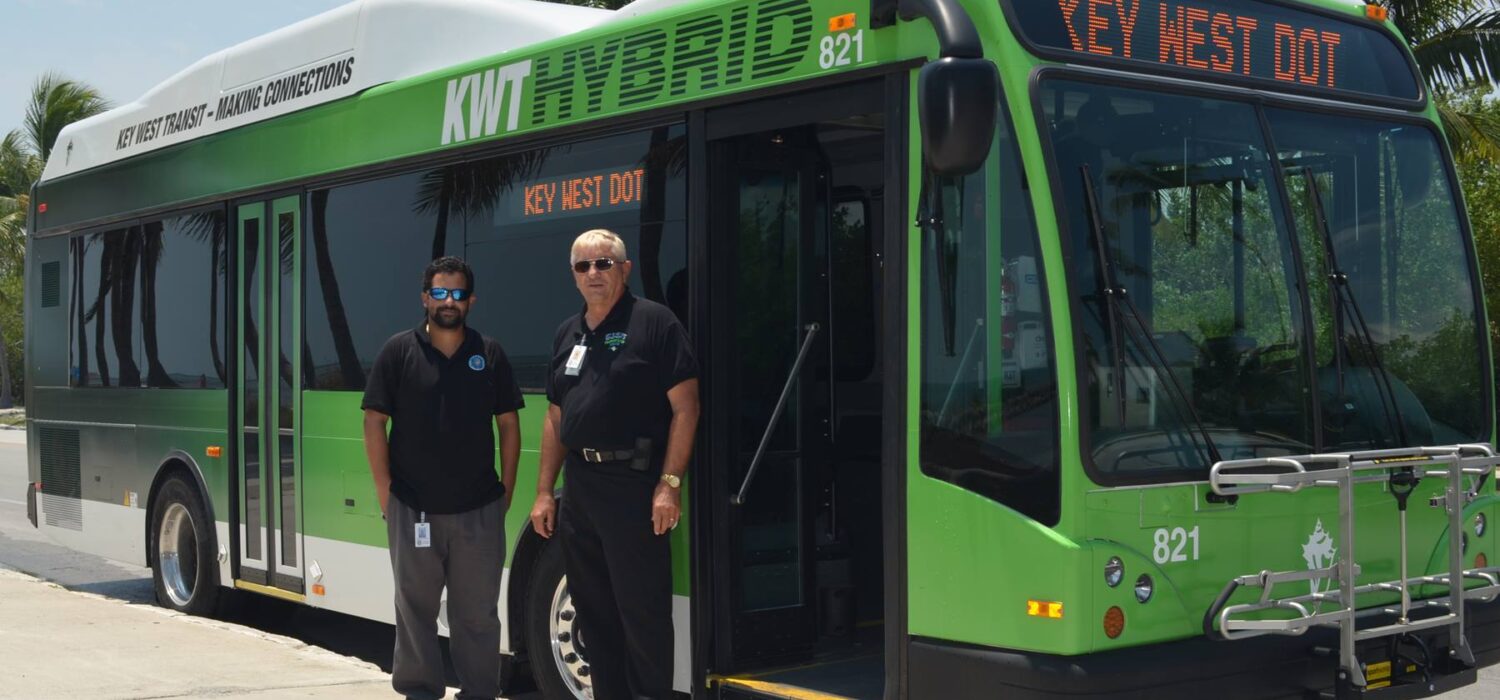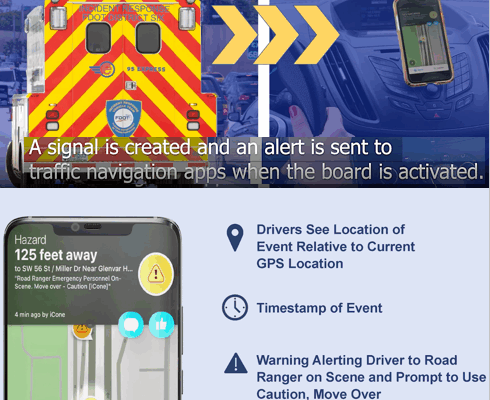FDOT IS IMPLEMENTING CONNECTED VEHICLE (CV) STRATEGIES TO CREATE SAFER, MORE EFFICIENT CORRIDORS THAT ARE FUTURE-READY TO MEET DEMAND.
Connected Vehicle (CV) strategies enable communication between multiple modes of transportation — including cars, trucks, buses, emergency vehicles, and others — through in-vehicle or aftermarket devices that share critical safety and travel information. These strategies also use wireless technology to connect with traffic signals, pedestrian crossings, work zones, and other infrastructure systems.
This continuous exchange of information between vehicles and roadway infrastructure helps detect potential safety risks, prevent crashes, reduce congestion, and promote safer, more efficient travel.
CV strategies and projects leverage emerging technologies to create safer, smarter, and more efficient corridors that meet future regional transportation needs.
FDOT District Six completed its first CV deployment project along US 1 in Monroe County, establishing a CV corridor that spans from Key West (Mile Marker 0.0) to the Miami-Dade/Monroe County line (Mile Marker 112.5). The deployment included installation of roadside units (RSUs) capable of Cellular Vehicle-to-Everything (C-V2X) communications, onboard units (OBUs), a cloud-based data dissemination platform, and a custom smartphone application. It also incorporated Automated Traffic Signal Performance Measures (ATSPM) and a suite of ITS and signalization upgrades.
The District Six TSM&O Unit began operating and maintaining the CV system in 2024.

CONNECTED VEHICLES CAN HELP WITH CRASH PREVENTION
IMPROVE SAFETY
CV strategies enable vehicles, bicyclists, pedestrians and smart roadway infrastructure to communicate with one another and share important traffic information. The technology can sense the traffic conditions and alert an individual and/or system of a potentially unsafe situation and has the potential to avoid crashes or reduce their severity.

CONNECTED VEHICLE TECHNOLOGIES ENABLE COMMUNICATION BETWEEN AND AMONG VEHICLES AND OTHER INFRASTRUCTURE TO REDUCE CONGESTION

IMPROVE MOBILITY
Connected Vehicle technology can reduce congestion. Commuters, tourists, freight and transit operators will have more reliable traveler information before and during their trip. FDOT and its transportation partners will be able to use the data to make real-time traffic management decisions such as traffic signal changes and freight signal priority to optimize roadway performance and keep traffic flowing smoothly.
CONNECTED VEHICLE APPLICATIONS EMPOWER USERS TO MAKE INFORMED TRAVEL CHOICES
EMPOWER USERS
Real-time roadway information can help users make better decisions as they travel throughout the region. Real-time, in-vehicle alerts about roadway construction, traffic incidents and congestion provides drivers with the opportunity to choose alternate routes or modes of travel.



